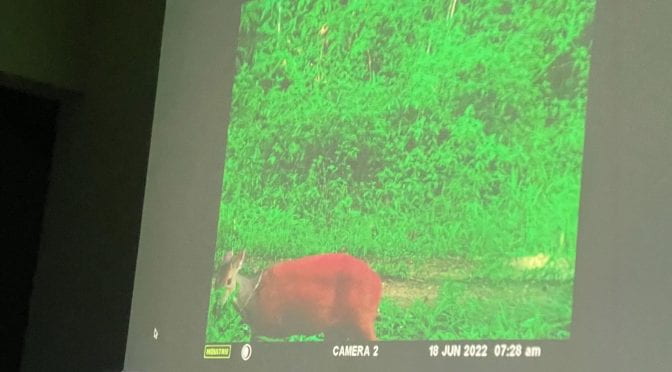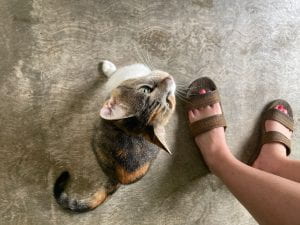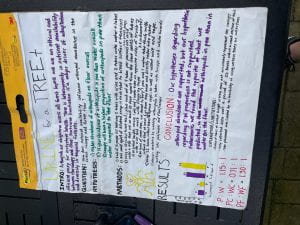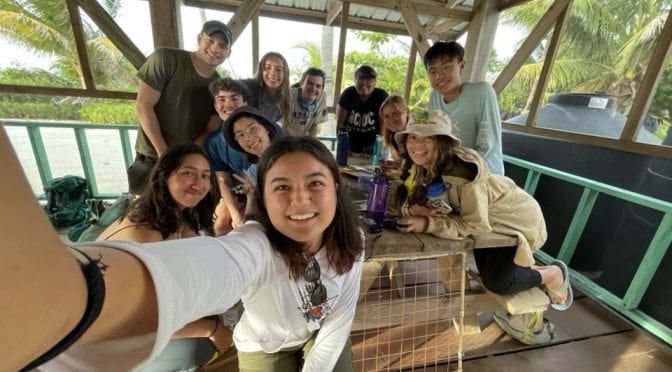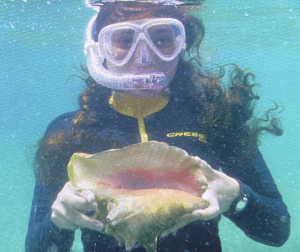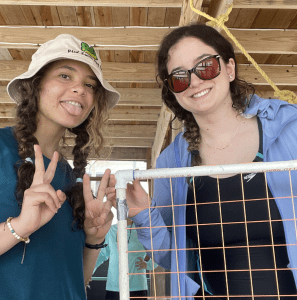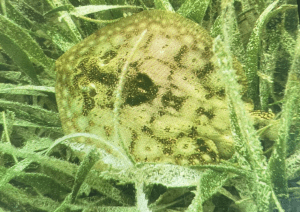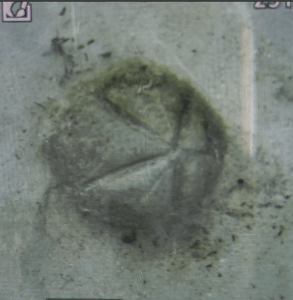BIOS 319 was such a fascinating class. I have been to coral reefs before, but this was my first time in a tropical rainforest. In the first half of the course, I had such an incredible time exploring tropical rainforests with all of the tiny insect life and the large animals we caught on the camera traps.
The amount of similarities between the rainforest and the reef was truly astounding. I had never thought of ants or coral as being similar, but now I can appreciate them as magnificent colonial creatures. The similarities between fungal gardens of leaf cutter ant colonies and symbiotic zooxanthellae algae in coral colonies were so cool to compare. Both animals are quite different but have incredible similarities. They are colonies that the rainforest and the reef rely heavily on to keep biodiversity as high as it is. I had no clue ants were as important as they are prior to this class, and I have a newfound appreciation for the architects of the rainforest.
I thought the nutritional paradoxes of the rainforest and the reef were fascinating. How come both are so nutrient limited but so biodiverse? The nitrogen lab was fascinating to visualize increased nutrient limitation in the canopy. While reefs are very different from rainforests, there is still a nutrient stratification with nutrients being densest near the seafloor and forest floor. Larger animals were much more prevalent on or close to the seafloor where they could find the most food.
I observed similarities between the two ecosystems while on the reef. First, animals love to live under rocks and logs. Anytime I wanted to find a cool animal quickly, I was able to turn a rock or log over and find something. Whether it was large beetles, brittle stars, or sea urchins, turning things that provide cover for small organisms over is a great place for observation in both ecosystems. Going along with this, in such biodiverse ecosystems, animals have many predators, so they must use their surroundings as protection. Whether that was a wrasse hiding from me in an empty conch shell, cecropia ants in cecropia trees, trumpetfish camouflaging into coral, or basilisk lizards running on water, animals in both ecosystems need to get incredibly creative with their defense adaptations. I loved seeing how animals used their environments to their advantage.
(brittle star found under a rock)
I had high expectations for this course, and it exceeded all of my expectations. I expected to learn field research techniques, but the amount of technical scientific research skills I gained was incredible. While we had minimal technology and could not use fancy techniques, I gained a lot of knowledge from doing studies with limited resources. We were forced to be creative to make our studies as productive as we could. We also got to learn from each other when setting up a project and designing a poster to show our results. I loved watching us grow together as a group with our poster and presentation skills.
I also expected to be in the field a lot which we sure were. We spent hours upon hours immersed in the rainforest and under the surface of the water which is exactly where I wanted to be. I loved seeing rugged nature and learning as much as I could from it.
My favorite part of the course was how much we talked about biology. Whether it was in the field hiking somewhere, over coffee while birding, on the dock observing glass eels, or at mealtimes, we were ALWAYS talking biology. I loved being in such a nerdy environment with people who care about biology as much as I do and know worlds more about it than I do. Dr. Evans and Dr. Solomon had so many fascinating facts to share, and my classmates and I asked so many questions that we were constantly talking bio. The people, the questions, and the conversations about science in such gorgeous places were my favorite parts of the trip.
I have almost no complaints about this class. Aside from the trip only being 2 weeks long (I wish it had been much longer), my least favorite part of the class was the fact that the trip took place entirely in the peak dry season. I wish we had been able to see the rainforest as a RAINforest. I would love to see how the ecosystem changes when it gets more water. At points in time, it felt like the rainforest was asleep, and I wish we had been there to see it wake up.
I learned a TON through this class; there were definitely some things that I learned that will stick with me forever. 1. Ants are so much cooler than I could have ever imagined. Learning about the differences between leaf cutter ants, cecropia ants, bullshorn acacia ants, and army ants was so cool, and I am so glad we spent so much time focusing on them. Cutting into the cecropia tree was the coolest thing I saw in the rainforest. The chambers were so complex. 2. Cryptobenthic fish are so incredibly vital to reef ecosystems. They are not just funny looking little fish that sit on the sand, but they make up the diets of so many fish that are crucial to the oceanic food web. I had no clue how big of a role they played in nutritional cycling. 3. Catching small lizards is so much fun and can be so easy. Sometimes they are easier to catch than others (sometimes they just jump onto my hand), but with the right technique (pouncing on them), it can be quite simple. I look forward to catching many more small lizards in my future. After this trip, I have a newfound appreciation for lizards (not including iguanas). The blue-tailed skinks are not going to see me coming this summer.
I’ll always be a TFB, but the first chapter of my TFB life has come to a close. Come along to see what the next one is!
Claire C






















